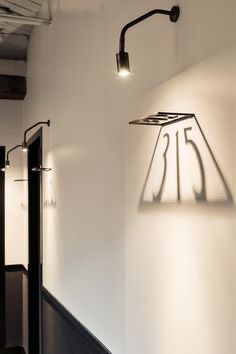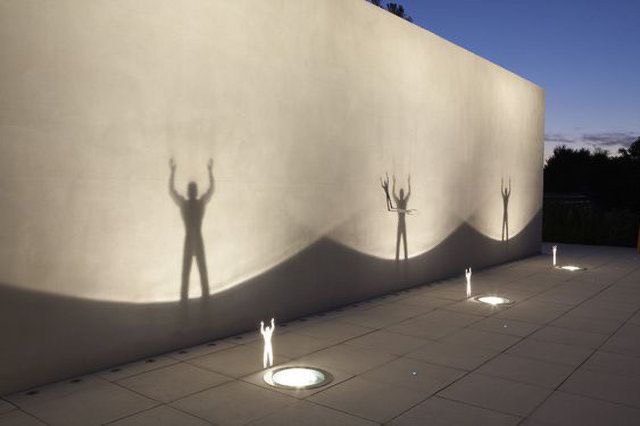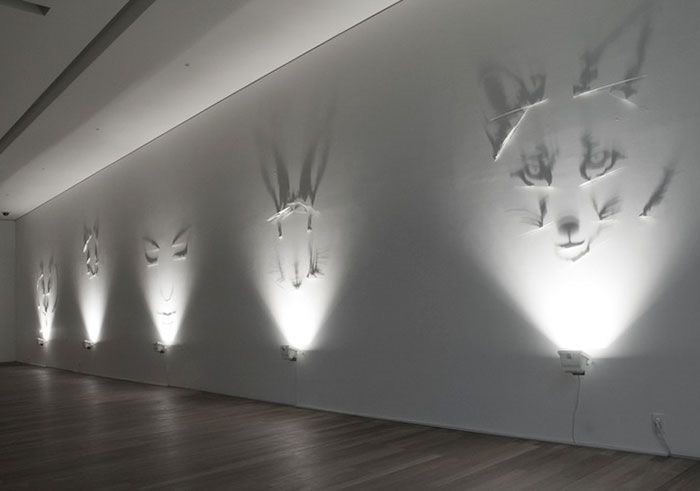

Now that you understand how crucial lighting is for the design of exhibition stands let us give you a basic overview of the types of exhibition lights that are most commonly used. Each type of lighting equipment is built for a specific purpose. For example, consider exhibition stands meant for product displays; their designs would have spotlights or display lights. Since the focal point is the product. Exhibitors often hire exhibition stands that come equipped with lighting, but this is only useful to illuminate your exhibition stand as a whole.
There is hardly much room for any creativity. Since your exhibition stand is uniformly lit, there is nothing to differentiate your product or brand message from the other visual elements of your exhibition stand. Hence, by understanding the different types of exhibition display lighting equipment, you can figure out which type of lights will suit your exhibition design. Being able to choose the correct lighting equipment will also be lighter on your overall budget. The most common types are spotlights, display lights, and banner lights.
Spotlights
Spotlights that are used for exhibition stands are neither huge nor bulky like the ones you might have seen at live events. They are relatively compact and can be discreetly attached to your exhibition stand. They are quite powerful yet are designed to be subtle and will illuminate specific parts of your exhibition stand. Whether it is a product or an alluring banner you want to focus on, spotlights are great to use. It is also the easiest way to light up your stand. They are compact and help to avoid blocking the important information on your stand.
Display Lights
Display lights or hand lights are used to specifically illuminate the exhibition stand graphics. They are quite low on power consumption and cost since hand lights use LED (light-emitting diode) bulbs, which offer an impressive span of illumination even if they don’t have the same intensity as the spotlight. They also come in different colors, making them quite useful for setting up a particular ambiance.
Banner Lights
Banner lights are usually placed behind an exhibition stand graphics or banner to give it an attractive inner glow. Banner lights use LED bulbs since they are small and compact, making them easy to conceal. These are great if you are looking to use your exhibition stand for brand promotion. They can amplify the effectiveness of your high-branding banner, ensuring your exhibition stand gets noticed from a distance. But even eye-level branding efforts like the use of reception counters and wall graphics can benefit from banner lighting since it helps you stand out from your nearby competition.
Backlights
The concept of backlighting is not new to us. We have often used it for signage coverage, billboards, or outdoor promotions, but it has gained importance at exhibitions too. Backlights are not only better but fit the budget of any exhibitor. It has been observed that they add up to 40% more attention to your brand message and offer visibility, even for a longer distance. Backlighting has a supreme impact at exhibitions as it perfectly blends with the ambient lights of the exhibition hall. It also reduces unnecessary shadows as they are positioned to eliminate harsh shadows and to make them bright and visually appealing. It also enhances the texture of your exhibition graphics.
Rope Lighting
Often the understated form of lighting but yet one of the essential ones is the rope light. In rope lighting, you will find small LED bulbs covered in plastic tubes, which protect them from unplanned damage. They are usually found in different lengths and colors. It can hide behind the products without worrying about fire hazards. The sheen brightness of rope lights is very effective in creating a stunning backdrop.
LED Strip Lights
Just like Rope Lighting, LED strip lights come in different lengths. It has a flexible circuit board consisting of LEDs (light-emitting diodes) with an adhesive backing. These strips have a low profile shape that enables you to set them anywhere, thus making them an adjustable lighting tool. It offers great luminosity and customisability. It can be controlled through wireless dimming systems, DMX controllers, and wall switches.
